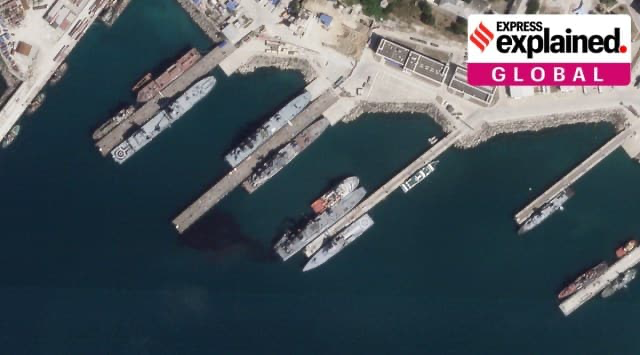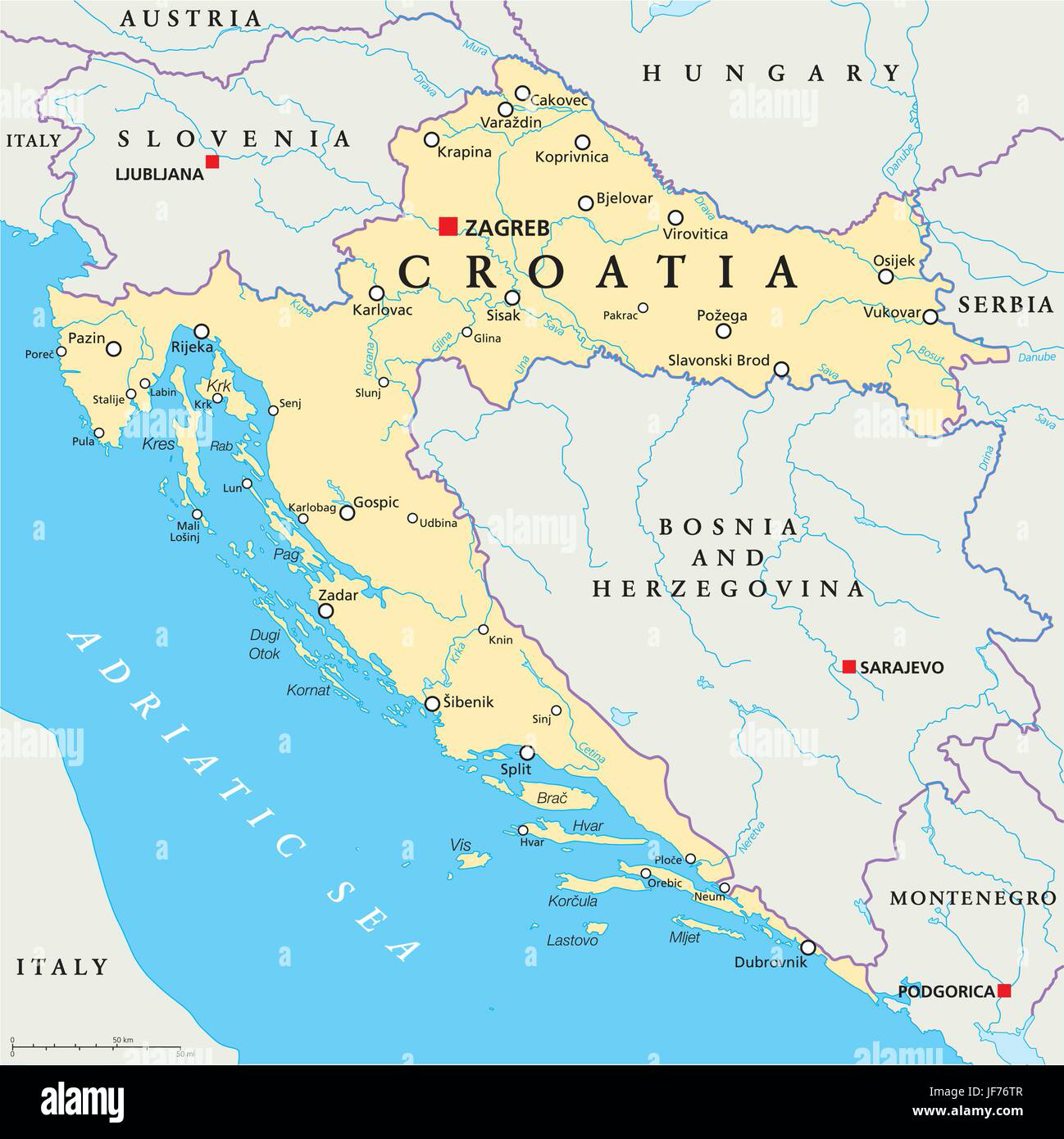Free Courses Sale ends Soon, Get It Now


Free Courses Sale ends Soon, Get It Now



Disclaimer: Copyright infringement not intended.
Context
An agreement between Ukraine and Croatia regarding the export of Ukrainian grain through Croatian ports.
Details
Announcement and Purpose
Logistical Hurdles
Transportation Challenges
Financial Implications
Symbolic Support and Military Aid
About Croatia

Disclaimer: Copyright infringement not intended.
Geographical Landscape
Adriatic Coastline and Islands
Historical Significance
Cultural Heritage
Tourism and Natural Beauty
European Integration
Economic Progress
Croatian Cuisine
|
PRACTICE QUESTION Q) Which of the following is the most likely reason why Croatia's tourism industry has grown so rapidly in recent years? A. Croatia's natural beauty, including its coastline, islands, and mountains. B. Croatia's rich history and culture, including its Roman ruins, medieval towns, and national parks. C. Croatia's affordable prices, compared to other European tourist destinations. D. All of the above. Answer: D |
© 2024 iasgyan. All right reserved